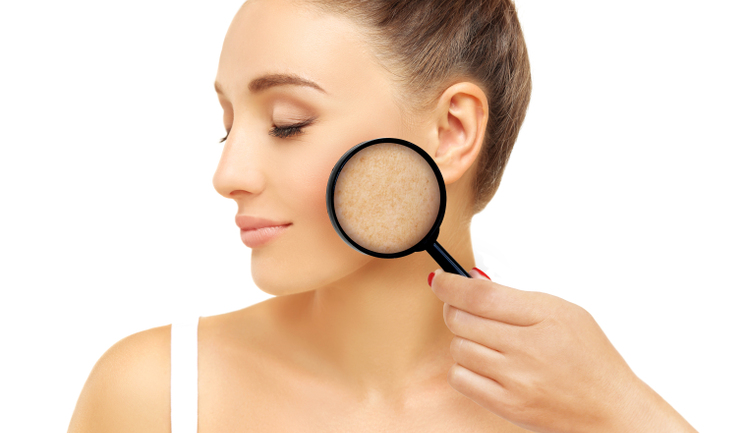Dermatology nurse practitioner Emma Coleman explains how one’s diet can influence skin and hair and presents a supporting case study
To access this post, you must purchase Aesthetics Journal Membership – Annual Elite Membership, Aesthetics Journal Membership – Annual Enhanced Membership or Aesthetics Journal Membership – Basic Membership.
log in
log in






